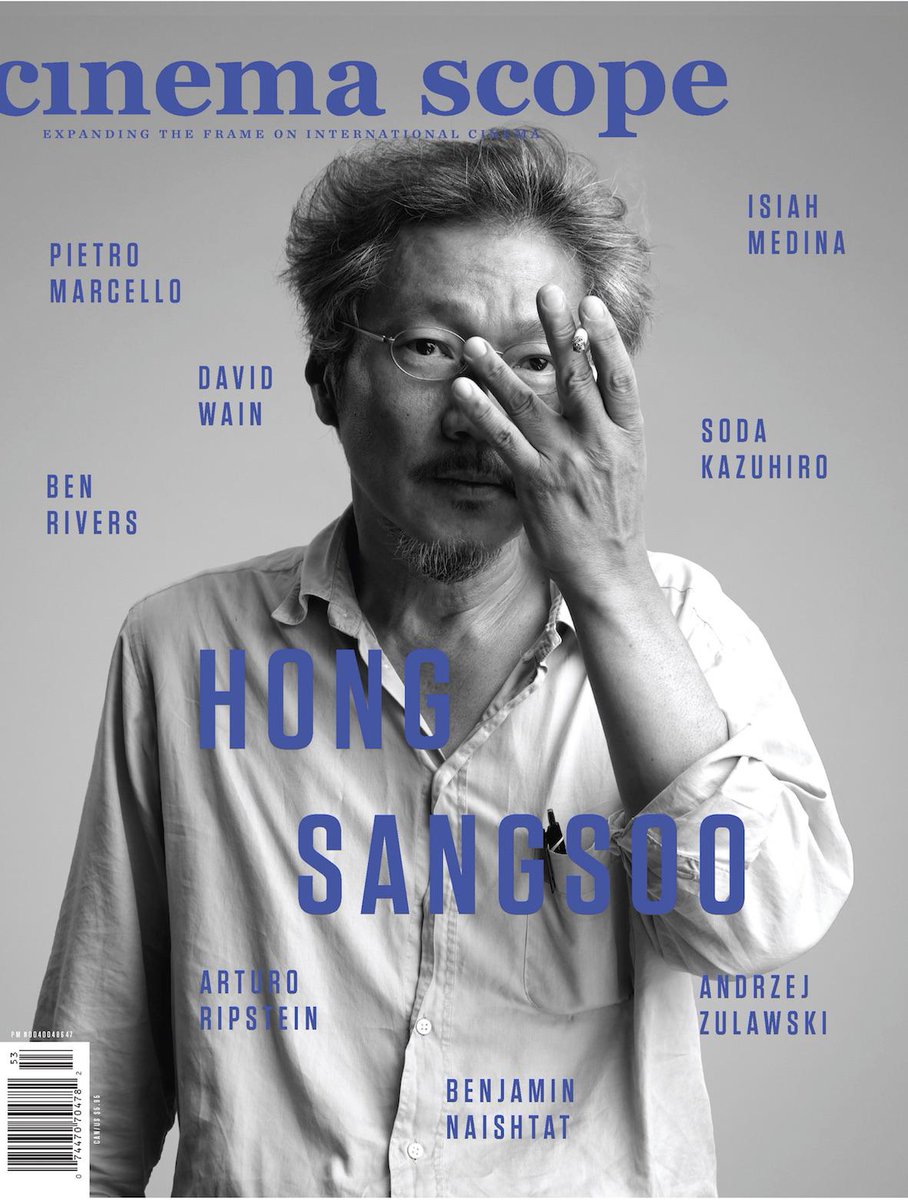So Demolition has
now premiered, received some good press, and Jean-Marc Vallée and the crew have
given some great interviews. Some of these highlights include Vallée discussing
editing Demolition as if it was an
action film – always stimulating the brain – with more edits than any of his
other films, with shorter takes as there's around 600 to 700 cuts. In the interviews with
the cast, they elaborate all of the character’s back-stories and relationships, which
are purposefully more opaque in the film. There is also a fascinating discussion of Vallée's method regarding music, as he gives his actors playlists and then
have some of these songs emerge organically throughout the film.
But it’s a little confusing to read Helen Faradji when she
writes in 24 Images that Demolition lacks confidence (?) since it’s
message is clear, even though its tucked away beneath its surface. There’s even mysteries about Demolition that still keep haunting me. Why isn’t the Charles Bradley
song Heartaches and Pain from the
trailer in the film? Demolition’s famous
still of Jake Gyllenhaal with an electric saw and Karen’s name in the
background – isn’t in the movie. There’s a production picture of
Gyllenhaal with a bad ass Asian girlfriend – also, not in the film. As Phil
says in the film, “If you want to fix something, you need to take everything
about it apart. To figure out what’s important.” These are only some mysteries
of the film, paths that it could have gone in, ways to keep the audience thinking about it. Demolition, or how to hide
an idea.



